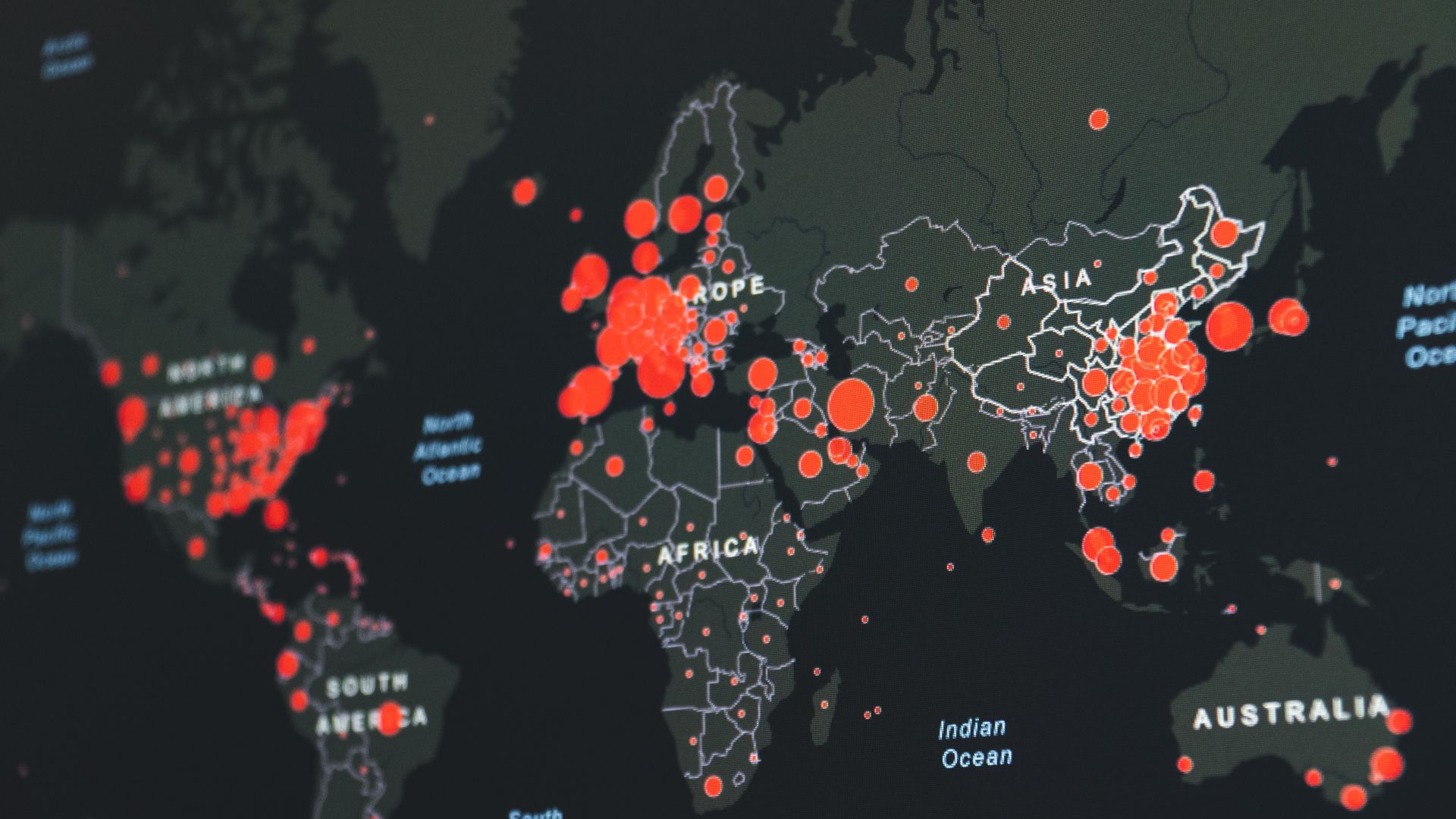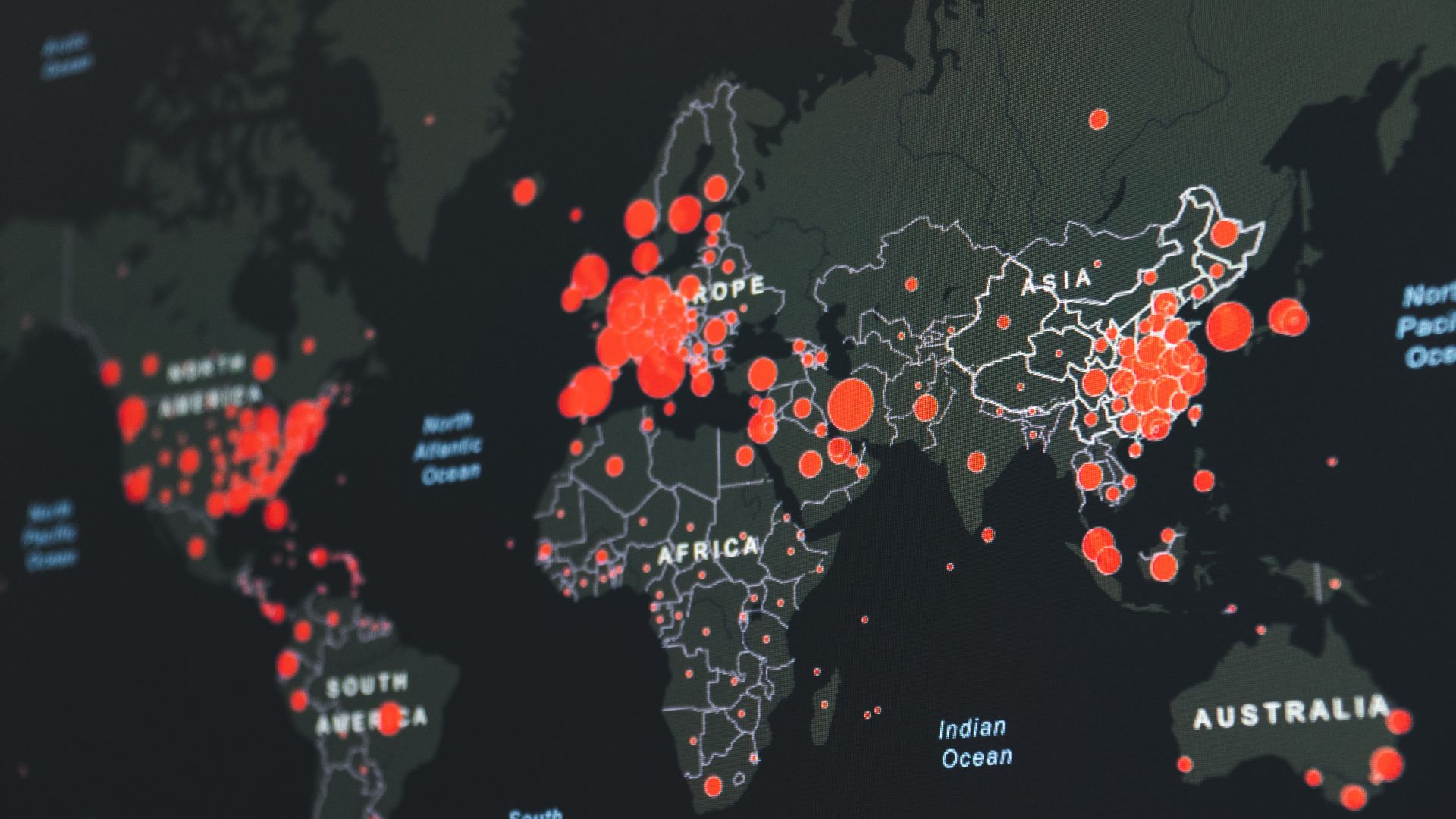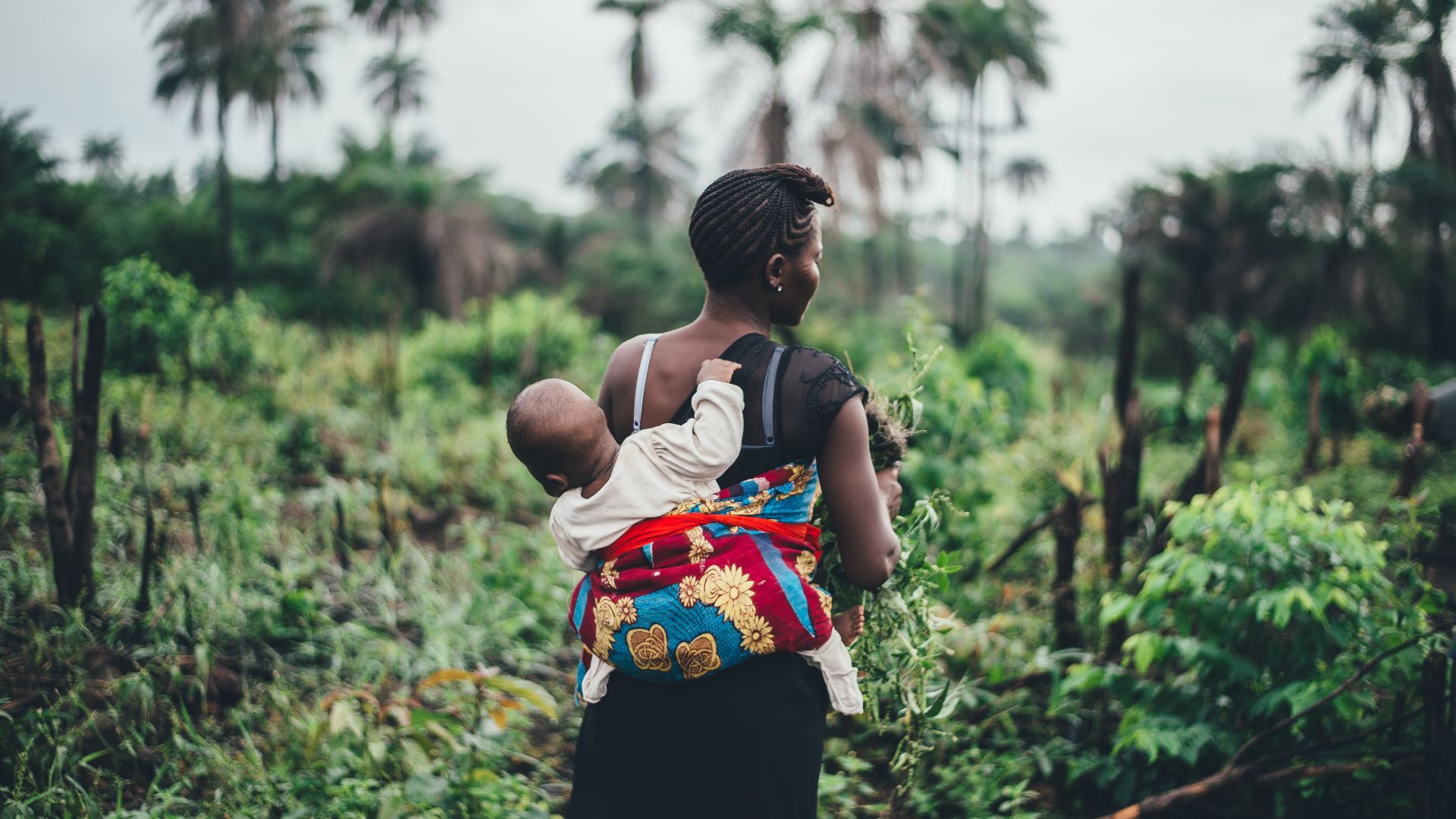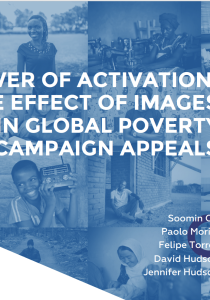
Nicole Langenbach, Spokeswoman for Deutsche Stiftung Weltbevölkerung (DSW) and partner to the Development Engagement Lab, reflects on the assumptions behind the language we use to talk about population growth, and why the sector should heed the warnings set out in the latest United Nations Population Fund's State of World Population 2023 report: 8 Billion Lives, Infinite Possibilities.
The world's population reached eight billion last November, according to the official United Nations count. When this threshold was crossed, many expressed the oft-heard worry that alleged ‘overpopulation’ is destroying the planet. Yet the latest State of World Population report by the United Nations Population Fund (UNFPA), entitled "8 billion lives, infinite possibilities: the case for rights and choices", of which Deutsche Stiftung Weltbevölkerung (DSW) has published an abridged German version, ‘8 Milliarden Leben, unendliche Möglichkeiten: ein Plädoyer für Rechte und freie Entscheidungen,’ strikes a very different note. Not only does the report refute the claim that overpopulation is responsible for climate change, it also demonstrates the impact of a certain choice of words.
‘Overpopulation’ is usually used to refer to the Global South, while ‘underpopulation’ tends to refer to the Global North. Both are to some extent misnomers used to imply that there are ‘too many’ people, being a particularly dubious image of humanity. Interrogating statements about under- and overpopulation, one inevitably must ask, who exactly is ‘too many?’ Where? And why? The latter question leads us to yet another implication: It’s women who are having too many children (or too few, depending on the region), with the solution being a ‘population policy.’
The fact that [population] policy interventions have historically failed, at great cost to women, doesn’t seem to persuade advocates from essentially questioning women's right to self-determination.
But what is ‘population policy?’ Again, what may seem at first harmless, in practical terms is nothing less than state intervention to persuade or coerce women to have more or fewer children, often for economic, but also social or religious reasons. The fact that such policy interventions have historically failed, at great cost to women, as the report shows, doesn’t seem to persuade its advocates from essentially questioning women's right to self-determination, often at the expense of their health. Terms like ‘family policies’ aim to enable women in particular to make self-determined decisions and, for example, allow for the possibility of having children with a career if they wish, is something else entirely.
In many places, it is more appropriate to use the admittedly unwieldy term 'family planning' rather than 'contraception'. For it is not always a matter of preventing pregnancy and the birth of a child, but of enabling women to plan for themselves if, when and with whom they want to have children and how many. This in turn, of course, requires access to contraception.
And another term is decisive. It may seem like splitting hairs, but ‘unwanted’ pregnancies are not the same as ‘unintended’ pregnancies. ‘Unwanted’ are cases where the woman does not want to have children at all, or does not want to have more children; while ‘unintended’ pregnancies may happen at the wrong time, for example too early. The term encompasses unwanted pregnancies. This distinction is crucial for the credibility of such figures as one in two pregnancies in the world is 'unintended.'
The report does not question that 'population development' is an important issue, but it warns against the fallacy of such terms as 'population explosion' or ‘population collapse,’ and the notion that such things could be prevented by ‘correcting’ fertility rates. In contrast, it promotes the more inclusive and sustainable concept of ‘demographic resilience.’ This is achieved when women are able to plan the number of children they have in a truly self-determined way, i.e. free from political, social and economic constraints - this applies no less in the Global North than in the Global South. Unfortunately, the movement toward reproductive self-determination in both geographies faces serious roadblocks.
Still, the message of the State of World Population Report is a positive one. This is also reflected in the illustrations. A very conscious decision was made to use the very modern, futuristic work of artist Cecilie Waagner Falkenstrøm, created entirely with artificial intelligence: a look at the future with all its dangers, promises and fears, but also infinite possibilities that are within reach if rights and free choices are guaranteed.








































































